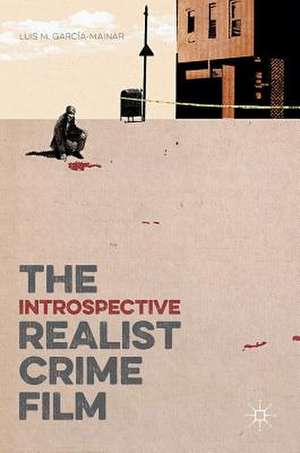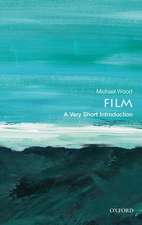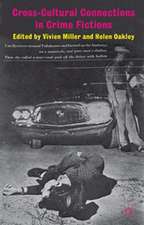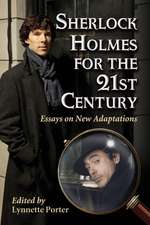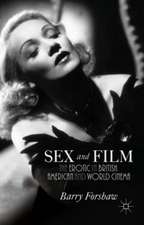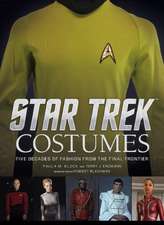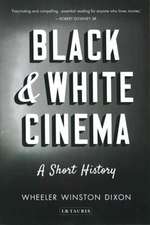The Introspective Realist Crime Film
Autor Luis M. García-Mainaren Limba Engleză Hardback – 23 iun 2016
Preț: 386.81 lei
Nou
Puncte Express: 580
Preț estimativ în valută:
74.02€ • 77.44$ • 61.49£
74.02€ • 77.44$ • 61.49£
Carte tipărită la comandă
Livrare economică 03-17 aprilie
Preluare comenzi: 021 569.72.76
Specificații
ISBN-13: 9781137496522
ISBN-10: 1137496525
Pagini: 200
Ilustrații: XII, 207 p. 24 illus.
Dimensiuni: 148 x 210 x 19 mm
Greutate: 0.39 kg
Ediția:1st ed. 2016
Editura: Palgrave Macmillan UK
Colecția Palgrave Macmillan
Locul publicării:London, United Kingdom
ISBN-10: 1137496525
Pagini: 200
Ilustrații: XII, 207 p. 24 illus.
Dimensiuni: 148 x 210 x 19 mm
Greutate: 0.39 kg
Ediția:1st ed. 2016
Editura: Palgrave Macmillan UK
Colecția Palgrave Macmillan
Locul publicării:London, United Kingdom
Cuprins
List of Illustrations.- Acknowledgements.- 1. Introduction.- 2. The Introspective Realist Crime Film.- 3. The Context of the Introspective Realist Crime Film.- 4. Pictorial Realism and Introspection.- 5. A Documentary Aesthetic of Helplessness.- 6. Postcards of Sympathy from the Periphery.- 7. Complex Narrative and Social Melodrama.- 8. Conclusion.-
Notă biografică
Luis M. García-Mainar is Associate Professor in Film Studies at the Universidad de Zaragoza (Spain). He is the author of Clint Eastwood: de actor a autor (2006) and his work has appeared in, among other journals, Screening the Past, CineAction and Journal of Film and Video.
Textul de pe ultima copertă
This book explores the formal and thematic conventions of crime film, the contexts in which these have flourished and their links with the social issues of a globalized world. The crime film has traditionally been identified with suspense, a heterogeneous aesthetic and a tacit social mind. However, a good number of the crime films produced since the early 2000s have shifted their focus from action or suspense and towards melodrama in narratives that highlight the social dimension of crime, intensifying their realist aesthetics and dwell on subjectivity. With the 1940s wave of Hollywood semi-documentary crime films and 1970s generic revisionism as antecedents, these crime films find inspiration in Hollywood cinema and constitute a transnational trend. With a close look at Steven Soderbergh’s Traffic (2000), David Fincher’s Zodiac (2007), Jacques Audiard’s Un prophète (2009) and Tomas Alfredson’s Tinker Tailor Soldier Spy (2011), this book sets out the stylistic and thematic conventions, contexts and cultural significance of a new transnational trend in crime film.
